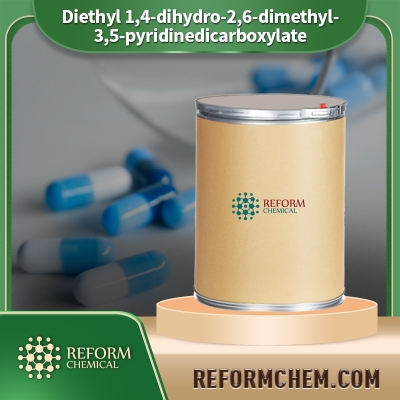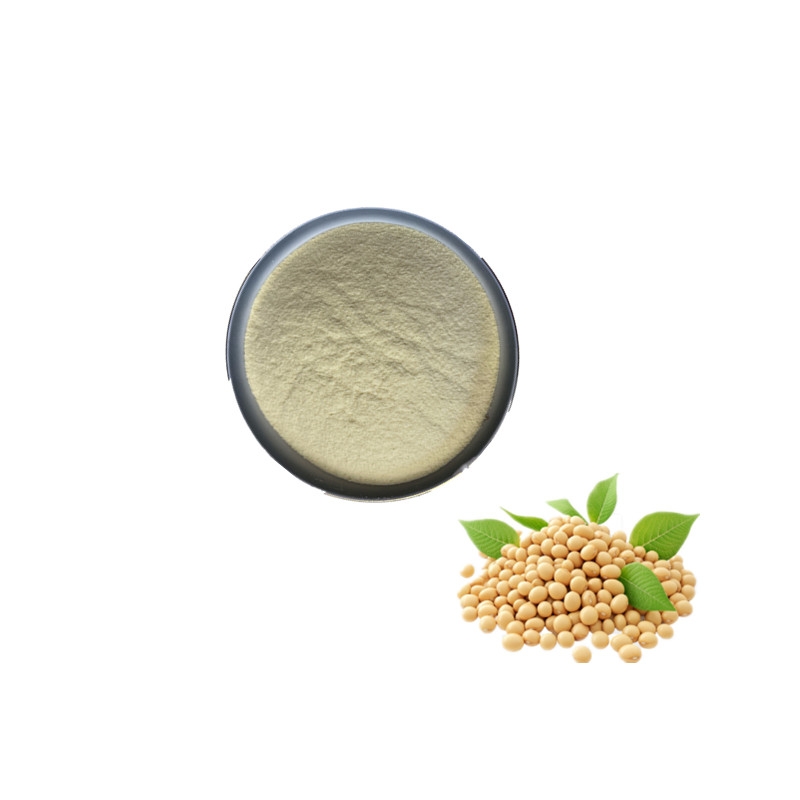Industrial fish farming will become the development direction of World Fisheries
-
Last Update: 2001-07-31
-
Source: Internet
-
Author: User
Search more information of high quality chemicals, good prices and reliable suppliers, visit
www.echemi.com
Introduction: the per capita share of aquatic products is challenged; the water for fish farming is limited; the safety of edible fish is questioned Surrounded by difficulties, China's fisheries are struggling to find a breakthrough Nowadays, the world's fish industry is developing into a three-dimensional structure of "agriculture, animal husbandry and industrialization", showing a three-dimensional trend Agricultural fish farming: traditional fish farming, such as pond fish farming, rice field fish farming, lake fish farming, river fish farming, reservoir fish farming, etc.; animal husbandry fish farming: open up marine pastures, seedlings exile, artificial fish reefs, fish farming around the sea, etc.; industrial fish farming: water fish farming, static water mechanized fish farming, fish factory, fish farming platform, fish farming boat, aquarium, etc This three-dimensional organic combination will form a new framework of aquaculture in the contemporary world, combining each other in time and space, learning from each other's strengths and weaknesses, and forming a unified whole However, at present, the three-dimensional structure development is not in proportion, and there is a clear inclination in the development of countries Developing countries still focus on the development of agricultural fish farming, while developed countries pay more attention to industrial fish farming At present, China's fisheries are facing a series of outstanding problems First, the continuous growth of population and the continuous reduction of land make it a challenge to maintain the stability and continuous improvement of per capita aquatic products Second, the growing shortage of water resources limits the water use for fish farming, which affects the further expansion of the breeding area and scale Third, the environment and water pollution for fish farming make the edible fish safe Integrity is increasingly concerned So, how to make our fishery out of the predicament? Zhao Yubao, chairman of Beijing baoshengtang Biotechnology Co., Ltd and a doctor of economics who has been engaged in aquatic research and scientific and Technological Development for a long time, believes that industrial fish farming is an ideal choice to solve the above problems What is the most high-tech industrial fish farming? Aquaculture experts interpreted it as "the production mode of high-density aquaculture products in artificial small water bodies" Industrial fish farming is a technology integrating biology, physics, chemistry, electronics and other disciplines It has the characteristics of high yield, high technology content, low labor intensity, short cycle, and saving land and water resources Zhao Yubao told reporters that fishery high-tech mainly refers to three aspects: first, modern breeding technology by means of biotechnology; second, information technology to transform traditional fishery production, management and marketing; third, modern breeding mode Industrial fish farming is a comprehensive technology integrating biotechnology, information technology and modern farming methods Therefore, industrial fish farming is the most concentrated representative of high-tech fisheries, the development direction of the world's fisheries, and also the development direction of China's fisheries Due to the high development of industry and science and technology in the world, the industrialized countries first adopt modern technology and equipment such as machine, electricity, chemical industry, instrument, automation, computer, bioengineering, etc to raise fish by armed forces The main environmental factors of aquaculture, such as water temperature, water quality, water flow, dissolved oxygen, light, feeding, disinfection, sterilization, sewage suction, separation, catching, sewage treatment and emergency development Electricity, etc are controlled manually and optimized to grow in the best physical and chemical environment They eat less, grow faster, suffer less diseases, have good meat quality and high price Like industrial products, the products are listed in a balanced way throughout the year Compared with foreign countries, China's industrial fish farming lags behind foreign countries for one or two decades According to experts from Beijing Fisheries Research Institute, at present, the development of industrial fish farming in China is unbalanced, and there is a big gap between China and foreign countries The characteristics of the development of industrial fish culture in China are that the North exceeds the south, the water exceeds the fresh water, and the new area exceeds the old area It is mainly distributed in four places: first, Northeast China, mainly in Heilongjiang Province; second, central China, mainly in Xuhuai area; third, Hexi Corridor, mainly from Lanzhou, Gansu Province to the first line of Urumqi, Xinjiang; fourth, two peninsulas: some mariculture counties and cities in Shandong and Liaoning peninsulas, such as Rongcheng, Weihai, Yantai, Dalian, such as Weihai The water area of flounder Culture Workshop has exceeded 160000 square meters However, the industrialized culture of flounder culture is still blank in the vast counties and cities of our country Even in the above four areas, the industrial culture of flounder culture is also uneven China's industrial fish farming has roughly gone through two stages, one is in the late 1970s, the other is after the 1990s, during which it has been stagnant for about 15-20 years The main reason is that the price of fish was too low at that time, and the input and output were not in proportion However, with the rapid improvement of the income level of urban and rural residents and the enhancement of the consumption capacity of high-quality aquatic products of the village, the high price of coastal marine treasures and inland famous and special aquatic products has promoted the development of industrial color breeding since the 1990s, but on the whole, the level of industrial fish farming in China is still relatively low, and some key technologies, especially water treatment, are not mature At present, large-scale and standardized production has been realized, and a number of modern fish factories have emerged, which has entered the industrial era However, most of the industrial fish farming units in China are "small and complete", and they are "self reliant" in the purchase, production and sales links Such "small and complete" will inevitably bring low benefits Form the general trend of the industry Talking about the future trend of industrial fish farming, Dr Zhao Yubao believes that there are fewer and fewer fish growing naturally in the nature now, and the water resources are also decreasing day by day As a water-saving, high-tech and high value-added industry, industrial fish farming is a direction With the continuous improvement of industrial fish culture technology, a considerable proportion of the world's high-yield open-air industrial fish ponds have been transformed into greenhouses This is precisely for the purpose of ingeniously using the space difference and time difference in the breeding production process to mix and match, so as to combine the breeding of color species, adult parents, ornamental fish and live feed, to form a multi-level, multi-functional and multi-channel efficient production system and automatic control environment, so as to realize all-weather production throughout the year According to the calculation of international authoritative consulting company, the break even point of tilapia factory is 125 tons per year In order to improve the efficiency of aquaculture, in recent years, the world's annual output of 500 tons, 1000 tons of fish farming plants emerged, investment in millions, tens of millions of dollars of super large fish (shrimp) factories sprang up For example, prawn factories in the United States and Singapore; eel factories in Germany and Denmark; turtle and eel industrial group in Jiangsu Province, China; fish farms in Zhongyuan Oilfield, Henan Province; super large water squatting yards with an annual output of thousands of tons in the United States, Italy and France, etc It is understood that at present, research institutions and large enterprises in many countries are studying fish farming factories that are completely controlled by human beings, so as to develop industrial fish farming to a higher stage In order to maintain the ecological environment of industrial fish farming, the United States, Denmark, Japan, China, Egypt and other countries are trying to develop ecological fish vegetable symbiosis system Namely: the upper layer of the fish pond is cultivated without soil, and vegetables, traditional Chinese medicine, flowers, fruits, etc are planted The excreta of fish provides nutrition for plants, and the roots of plants purify the sewage from fish farming, so that fish and vegetables can circulate in an ecosystem Experts believe that industrialized fish farming will probably become another green industry in this century and will continue to thrive for a long time.
This article is an English version of an article which is originally in the Chinese language on echemi.com and is provided for information purposes only.
This website makes no representation or warranty of any kind, either expressed or implied, as to the accuracy, completeness ownership or reliability of
the article or any translations thereof. If you have any concerns or complaints relating to the article, please send an email, providing a detailed
description of the concern or complaint, to
service@echemi.com. A staff member will contact you within 5 working days. Once verified, infringing content
will be removed immediately.







